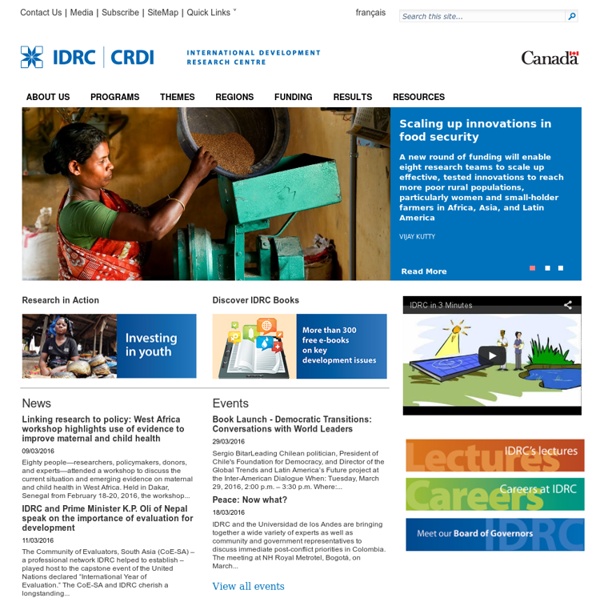



de buena fe CIPE Development Blog | Strengthening democracy through private enterprise and market oriented reform Sparking Debate on Economic Policy in Nepal Samriddhi wins an award at the Asia Liberty Forum in Kuala Lumpur. By Sarita Sapkota, Samriddhi In the annual Asia Liberty Forum in Malaysia this year, Atlas Network presented the Asia Liberty Award to Samriddhi for its ‘Econ-ity’ initiative. These reform efforts include pressuring the government to remove the minimum investment requirement in its recent foreign investment policies to allow small entrepreneurs to receive smaller investments and technology transfer from foreign companies as well as the establishment of a hydropower trade agreement with India that creates a more optimistic environment for investors in the sector. Read More… Democracy That Delivers Podcast: #7 Sameer Lalwani on Security Issues in South Asia Sameer Lalwani (center) with podcast hosts Ken Jaques and Julie Johnson. Subscribe to the podcast on iTunes or on your Android device. Listen to past episodes of our show here. Like this podcast? Photo: BURN Clean Cookstoves
institute B | purveyors of unreasonable business Inter-American Dialogue A Look Inside Pipa, Brazil’s First Start-Up Incubator --This post is co-written by Dhaval Chadha, a founding partner at Cria, an innovation consultancy and corporate venture incubator, and one of the cofounders of Pipa. Pipa (Portuguese for “kite”) is an incubator, or to be more specific an accelerator, focused on supporting entrepreneurs looking to create long-term sustainable value through business. We aim to support these entrepreneurs in their quest to create positive social, environmental and financial impact, something Brazil is engaging with more and more. While we strongly believe current paradigms of business and capitalism are losing relevance in the context of rising populations, inequality, environmental degradation and exponentially advancing technology, we also believe that business is one of the best forms of creating lasting social impact. This is because it is self-sustaining and thereby scalable. The partners at the four companies were already friends and sporadically worked on projects together.
Elcano Blog - Análisis y reflexiones sobre política internacional | Analyses and debates on international politics How Social Entrepreneurs Who Need Money Can Get Noticed “Do good” business owners seeking funding should target investors looking to put their money to work to make positive social or environmental change. But how to get on their radar? One new way to make your company known to these "social investors" is through a new online searchable database for social entrepreneurs. It's called GIIRS, short for Global Impact Investing Rating System. It analyzes a company’s social and environmental performance and rates it against peers. The initial analysis costs between $2,500 and $15,000, depending on your business size. Less than a year old, the database is being used by an initial group of about 20 investors and 60 private equity and debt funds. Related: B Corps: The Next Generation of Company? Curious? How does GIIRS work? GIIRS investor subscribers range from large institutional investors to foundations to wealthy individuals -- and search the network of registered companies for those that fit their specifications. How do I get a GIIRS rating?
Francisco Tudela | Sitio web Social Lab Contexto.org: relaciones internacionales, política internacional, política exterior, relaciones exteriores empowering creatives / | Ideas My idea for classy and eco- friendly flooring,hopefully harvested organically (without the use of pesticides) : is using bamboo bricks. They do exist and are probably fairly easy to installfor the right expert. Eco friendly materials are highly advantageous for companies that wish to lower their carbon footprintand up their game from an economicand environmental standpoint. This type of flooring could be very sturdy as well as play a part increating a safe alternative to cement and steel buildings which may buckle under the pressure of an earthquake. buckling under the pressure of an earthquake diagonal bamboo beams may be placed between the bamboo brick layers. The bamboo bricks could be held in a bamboo basin using regular construction methods and tools using metal screws, etc... Bamboo planks or boards can be installed over sub-floors, concrete and radiant heat installations and floated below grade. If we are looking to add bamboo bricks as a surface look you do not want to add a top layer
E-International Relations — the world’s leading open access website for students and scholars of international politics ::: PLAIDING :::